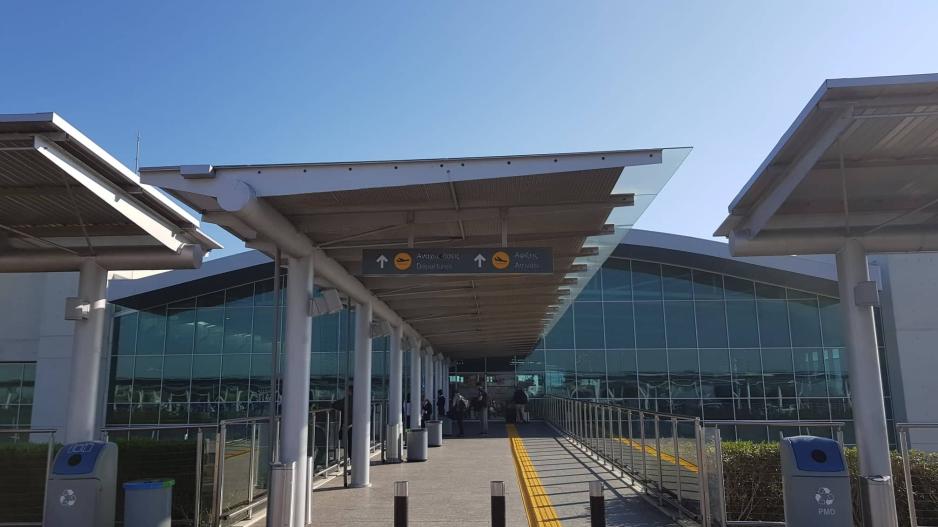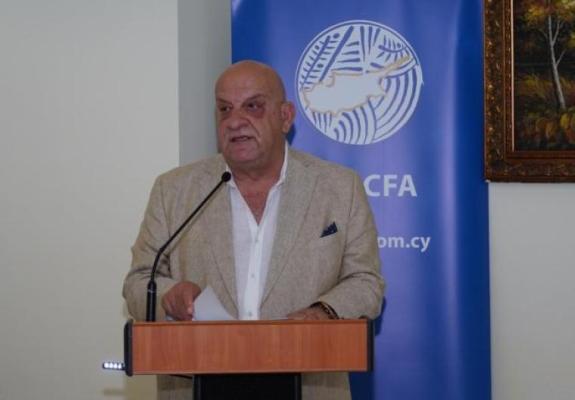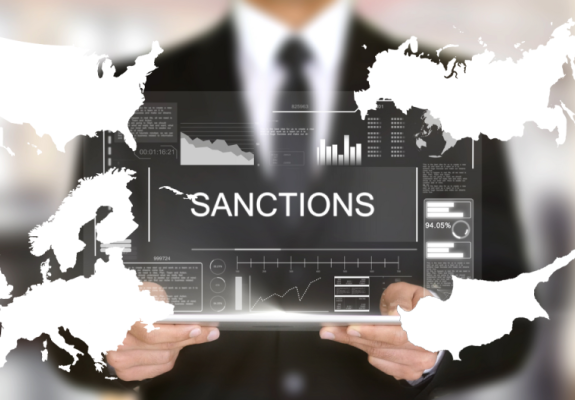Energy Ministry Launches Ambitious Plan to Equip Every Roof with Solar Power
The government is taking steps to install photovoltaic systems in vulnerable households on a donation basis. The cost of these systems will be covered through a small charge added to electricity bills. The ultimate goal is to equip every roof in Cyprus with its own photovoltaic system, as emphasized by George Papaconstantinou, the Minister of Energy, Commerce, and Industry.
In a recent statement following the Ministerial Council's completion, Mr. Papaconstantinou highlighted the multifaceted objectives of this plan, as it aims to tackle the challenge of limited space for large photovoltaic parks while providing support to individuals lacking the initial capital for a photovoltaic system, thereby promoting sustainable energy solutions.
Despite calls from various parties and organizations to expand electricity subsidies during hot months, the Minister clarified that the government's focus lies elsewhere. Instead of implementing broad subsidies, the government seeks to provide targeted support and sustainable assistance through well-planned government initiatives.
Mr. Papaconstantinou justified the emphasis on roof-based photovoltaic systems, citing the desire to avoid using arable land for installations due to their visual impact and the inefficiency of converting fertile land into electricity production. By encouraging rooftop installations, the government aims to maximize the use of available space while minimizing environmental impact.
Recognizing that some income groups might find it challenging to finance household photovoltaic systems, which can cost between €6,000 to €6,500, the government is actively considering alternative solutions, such as developing programs in collaboration with the Cyprus Energy Regulatory Authority (CERA), which will offer system installation on an installment basis, contingent on reduced electricity costs.
As an example, once a photovoltaic system is in place in a household that currently incurs electricity expenses of €300 to €400 every two months, the cost is projected to decrease significantly to €25 to €30 every two months.
Mr. Papaconstantinou emphasized that the additional amount required for repayment of the investment is reasonable and manageable for homeowners. The objective is to strike a balance between financial feasibility and environmental responsibility.
While the details of the plan are still under consideration, it is anticipated that CERA will introduce various package options, such as 4-kilowatt, 7-kilowatt, and 10-kilowatt systems, catering to individual household needs.
Moreover, in response to a query about energy storage, Mr. Papanastasiou announced that a public consultation was recently launched for the implementation of electric energy storage within the grid. This consultation period will remain open for the next two to three weeks, providing an opportunity to gather valuable input from stakeholders.
Specifically, he emphasized the importance of embracing the concept of energy storage within the grid to mitigate any wastage of electric energy. Particularly during the fall and spring seasons, there is a concerning amount of energy wastage due to lower consumption, putting undue strain on the investors of photovoltaic parks.
Looking ahead, the goal is to establish a robust and efficient electric energy storage system in the grid over the next two years, assuming all goes smoothly.
Mr. Papanastasiou outlined the current plan, which primarily envisions a centralized storage system. However, there is flexibility in considering alternative approaches, such as strategically locating storage systems near photovoltaic parks or points of significant energy generation. If such solutions garner sufficient interest and feasibility, the centralized system may be deemed unnecessary.

Meanwhile, on Wednesday, two new photovoltaic parks were inaugurated at Larnaca and Paphos airports, marking a significant achievement for sustainable energy in Cyprus. The 3.5 MWp solar power facility at Larnaca International Airport was officially opened during a special ceremony attended by the Minister of Transport, Communications, and Works, Alexis Vafeades, and the President of the Administrative Board of Hermes Airports, Christophe Petit.
During the event, Minister Vafeades reiterated the country's commitment to ambitious 2030 goals and highlighted the need for collective efforts involving both the government and private sector to achieve these targets.
In his address, Christophe Petit emphasized the importance of the day as a step towards a greener future, with renewable energy playing a central role. The photovoltaic park serves as a testament to Hermes Airports' dedication to reducing its carbon footprint and promoting sustainable practices.
Furthermore, it was announced that a photovoltaic park at Paphos airport has been operational for several months. Together, the photovoltaic parks are expected to cover 28% of the energy needs of both airports, contributing significantly to reducing their environmental impact.
The photovoltaic unit at Larnaca airport covers an area of 36,000 m² and is estimated to produce around 6 million kilowatt-hours of electricity annually. Similarly, the park at Paphos airport is projected to generate approximately 1.9 million kilowatt-hours of electricity each year.
The combined energy production from both photovoltaic parks is equivalent to the yearly consumption of over 1,320 households.






